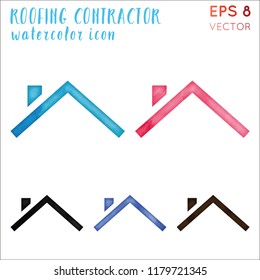Shade Option Fundamentals: An In-Depth Guide To Repainting The Exteriors Of Industrial Buildings
Shade Option Fundamentals: An In-Depth Guide To Repainting The Exteriors Of Industrial Buildings
Blog Article
Web Content Author-Wolf Justesen
When it comes to business exterior painting, the colors you select can make or damage your brand name's appeal. Comprehending exactly how different colors affect understanding is key to attracting customers and developing trust. Yet it's not nearly personal choice; local fads and laws play a significant role as well. So, how do you locate the ideal balance in between your vision and what resonates with the neighborhood? Let's discover the necessary elements that direct your shade choices.
Understanding Color Psychology and Its Impact on Organization
When you choose colors for your company's outside, understanding shade psychology can considerably affect exactly how prospective customers regard your brand.
Colors stimulate emotions and set the tone for your organization. As an example, blue commonly shares count on and professionalism and trust, making it perfect for banks. Red can produce a sense of seriousness, excellent for restaurants and clearance sales.
On the other hand, green signifies development and sustainability, interesting eco-conscious customers. Yellow grabs focus and sparks positive outlook, but way too much can overwhelm.
Consider https://home-painters-near-me77666.ourcodeblog.com/34522584/are-you-prepared-to-find-expert-ideas-for-a-smooth-cooperation-with-house-painters-that-will-make-your-paint-task-a-stress-free-experience and the message you wish to send. By picking the ideal shades, you not just boost your visual allure but additionally align your picture with your brand name worths, inevitably driving consumer involvement and commitment.
Analyzing Citizen Trends and Regulations
How can you guarantee your outside painting choices reverberate with the neighborhood? Beginning by looking into neighborhood fads. See nearby organizations and observe their color pattern.
Make note of what's popular and what feels out of place. This'll aid you align your choices with community looks.
Next, inspect neighborhood guidelines. Numerous towns have guidelines on exterior colors, especially in historic districts. You do not want to spend time and money on a scheme that isn't certified.
Engage with local local business owner or neighborhood teams to collect understandings. They can offer important responses on what shades are popular.
Tips for Balancing With the Surrounding Setting
To produce a cohesive look that blends flawlessly with your surroundings, consider the natural surroundings and architectural designs close by. Beginning by observing the colors of close-by structures and landscapes. Natural tones like eco-friendlies, browns, and muted grays usually function well in natural setups.
If your input here is near vibrant metropolitan locations, you could select bolder colors that reflect the regional power.
Next off, consider the architectural style of your building. Typical designs may gain from classic shades, while contemporary layouts can embrace contemporary palettes.
Test your color choices with samples on the wall surface to see exactly how they communicate with the light and environment.
Finally, keep in mind any type of neighborhood guidelines or area aesthetic appeals to guarantee your selection boosts, as opposed to clashes with, the environments.
Verdict
In conclusion, choosing the best colors for your industrial exterior isn't just about looks; it's a strategic choice that affects your brand name's assumption. By tapping into shade psychology, taking into consideration neighborhood patterns, and guaranteeing harmony with your surroundings, you'll produce a welcoming atmosphere that attracts customers. Don't forget to evaluate examples prior to committing! With the ideal technique, you can raise your business's visual charm and foster enduring customer engagement and loyalty.
